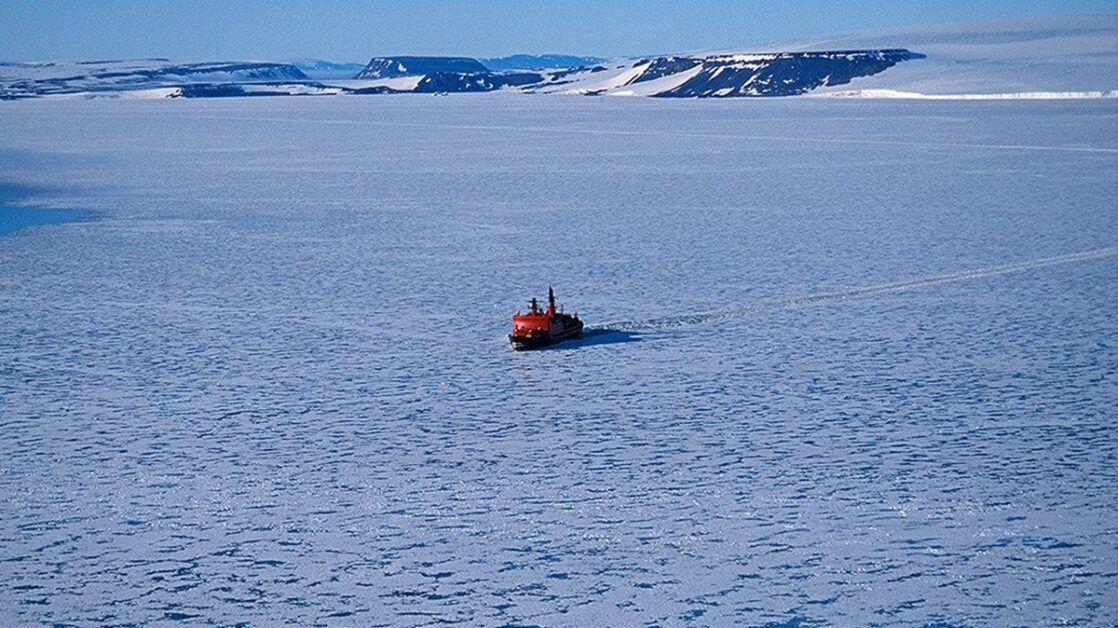According to Deputy Prime Minister Yury Trutnev, Russia is experiencing a shortage of ice-class cargo ships for its massive Northern Sea Route project since the country is unable to construct the fleet on its own.
At a ministerial meeting on Arctic development this week, Trutnev, who also serves as the Kremlin’s representative in the country’s Far East, stated that Russian shipyards can only build 16 more Arctic freight vessels by 2030 out of the minimum of 70 required.
Furthermore, he said that Russia’s rates for vessel escorts on the Northern Sea Route are uncompetitive due to the high borrowing costs for domestic initiatives to construct icebreakers.
While a wide range of nations are becoming more interested in unhindered transportation via the conduit, all of these problems are impeding Russia’s Arctic aspirations.
A shorter route to Asia than the Suez Canal, the Northern Sea Route runs 5,600 kilometers along the Russian coast between Norway and Alaska. Russia has been carrying out its goal to increase Arctic freight flows to as much as 220 million tons annually by 2035, primarily through new oil and gas projects, as climate change makes it easier to navigate across the frigid waters.
However, Russia’s Arctic greenfields and access to international shipyards have been delayed significantly by Western sanctions imposed following the Kremlin’s invasion of Ukraine. This has limited the country’s possibilities for seaborne exports, particularly during the winter months when conventional vessels are unable to cross the strait.
Russia currently estimates that the Northern Sea Route will handle about 40 million tons of freight in 2024, which is only half of the initial goal.
Two projects—Rosneft PJSC’s Vostok Oil and Novatek PJSC’s Arctic LNG 2 plant—were supposed to supply the majority of the additional cargo volumes for the Northern Sea Route through 2035, according to Russia’s initial Arctic development plan.
However, Arctic LNG 2 was unable to get the ice-class tankers it ordered in South Korea due to western sanctions. At least three of the project’s fifteen LNG carriers have already been launched at the Russian Zvezda shipyard, but only one of them has indicated that it is ready for sea testing. In March 2023, Zvezda was initially scheduled to deliver the first tanker to Arctic LNG 2.
Although oil production at Rosneft’s Vostok Oil Fields is still in the test stage, the project was supposed to generate up to 30 million tons of fresh cargo flows for the Arctic route this year.







